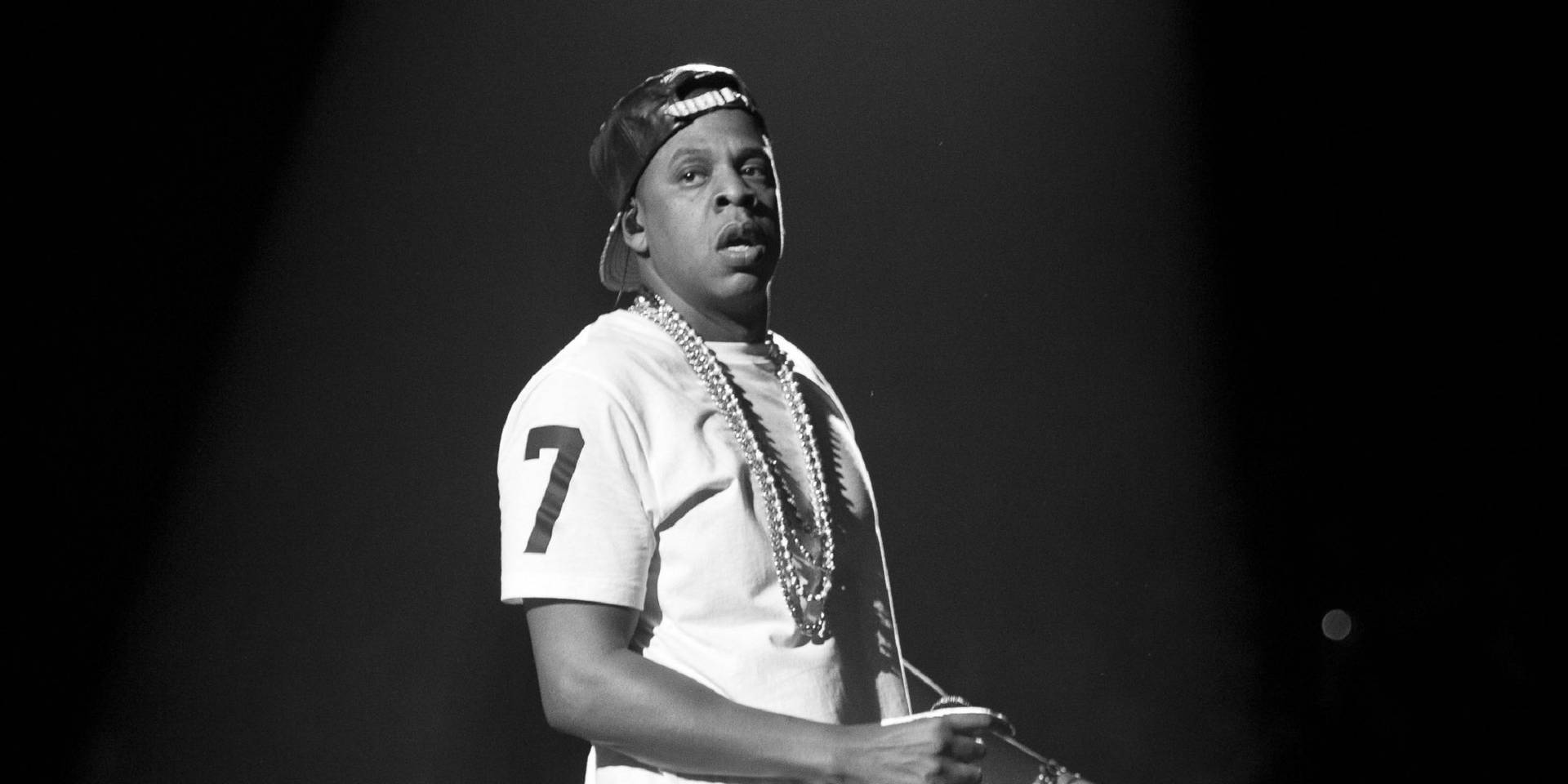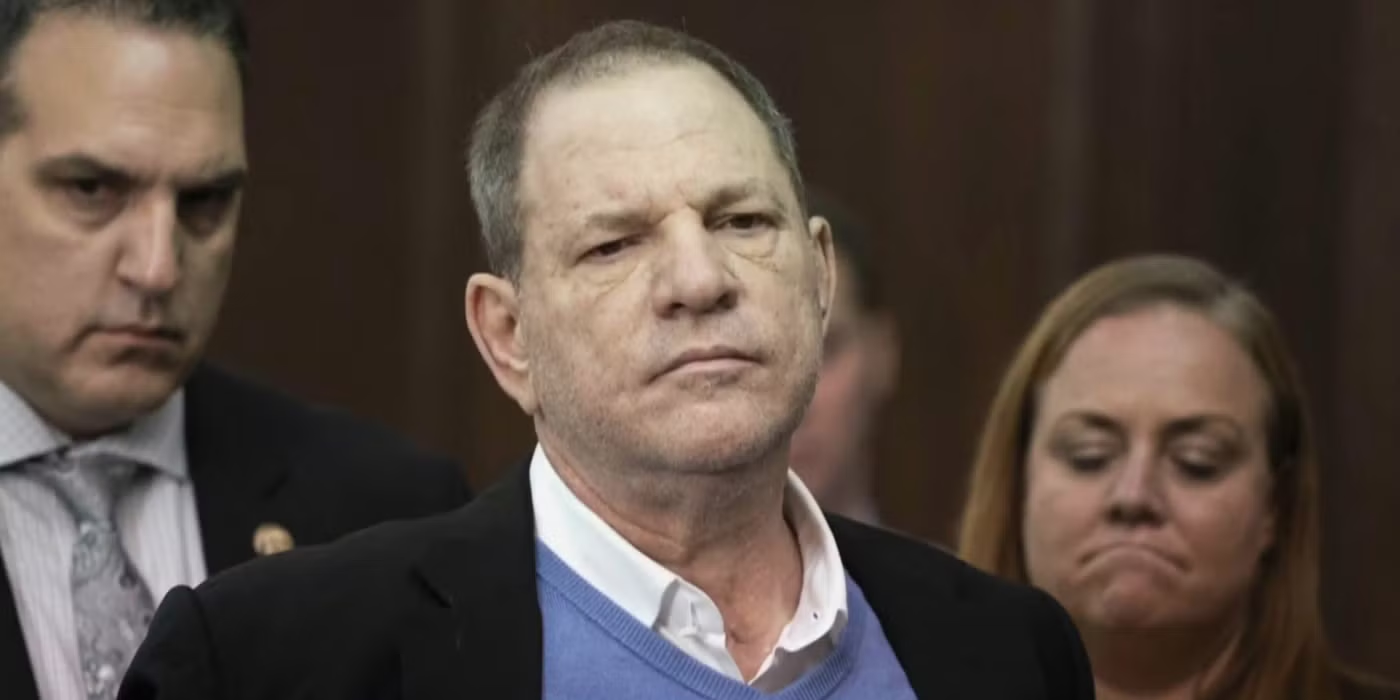
Introduction
David Byrne, the renowned frontman of the Talking Heads, is a cultural icon whose contributions to music and art extend far beyond the stage. Known for his distinctive style and avant-garde approach, Byrne’s work has shaped modern music and pushed the boundaries of artistic expression. His relevance continues to increase, particularly as he uses his platform to advocate for creativity and social change.
Musical Career and Achievements
Byrne’s journey began in the mid-1970s with the formation of Talking Heads, a band that blended punk, art rock, and global music influences. Their innovative sound and visually striking performances garnered critical and commercial success, leading to numerous hit albums, including ‘Remain in Light‘ and ‘Speaking in Tongues‘. The band’s unique fusion of genres and theatrical live shows drastically influenced the direction of new wave music and inspired countless artists.
In addition to his success with Talking Heads, Byrne has maintained a prolific solo career. His work spans various genres, collaborations, and projects, including soundtracks and solo albums. The 2018 musical ‘American Utopia‘ excited audiences in both its album form and its Broadway production, showcasing Byrne’s continual innovation and insights into American culture.
Artistry and Activism
Byrne’s creativity is not confined to music. He is also a visual artist and author, with numerous exhibitions and publications to his name. His 2018 book, ‘How Music Works‘, delves into the intricacies of sound and its relationship with society, reflecting his philosophical approach to art. Byrne’s artistic ventures reinforce the idea that creativity is a crucial element in tackling social issues.
One theme central to Byrne’s work is the concept of community and the importance of collective experience. He regularly uses his platform to advocate for arts education and public access to creative spaces, particularly in underserved communities. In numerous interviews, he has expressed concerns over the state of the music industry and the need for systemic change to support artists.
Conclusion
David Byrne is more than just a musician; he is a vibrant artist whose work and activism resonate deeply with audiences around the world. As he continues to evolve creatively, his influence remains significant, inspiring both new generations of musicians and the broader public to engage with art as a transformative force. As we look to the future, Byrne’s commitment to creativity and community serves as a reminder of the power of art to effect change.
You may also like

Jay Z: The Evolution of a Music Legend

The Lasting Legacy of Amy Winehouse
